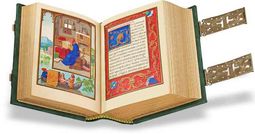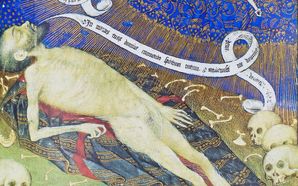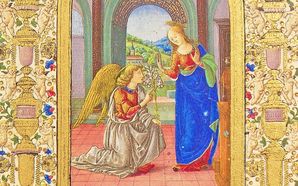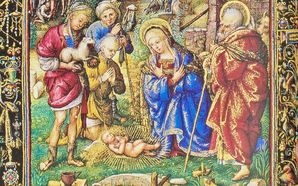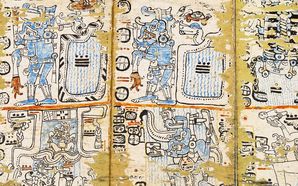The 16th Century in Europe: The Beginning of Modern Times in the Age of Discovery and the Reformation
This is Part 12 of our Centuries series. In it, we will review the 16th century, the end of the Middle Ages and a time when European explorers and merchants spread out across the globe. We will begin by talking about some of the causes and repercussions of the Age of Exploration before turning to Renaissance Italy at its peak, then examining some of the monarchs who embodied what it was to be a Renaissance prince, figures like King Henry VIII of England (1491-1547) and the Holy Roman Emperor Charles V (1500-1558).
We will then turn to military matters, namely the evolution of warfare, the state mechanisms for supporting it, and the Italian Wars.
Next is an overview of contemporary means of travel, the voyages of exploration, Conquistadors, and indigenous manuscripts.
Back in Europe we examine the Northern Renaissance, Martin Luther and some of the repercussions of the Reformation, the Ottoman invasion of Europe, and the Spanish Armada, before ending with an overview of the 16th century’s most important scientific discoveries.
Demonstration of a Sample Page
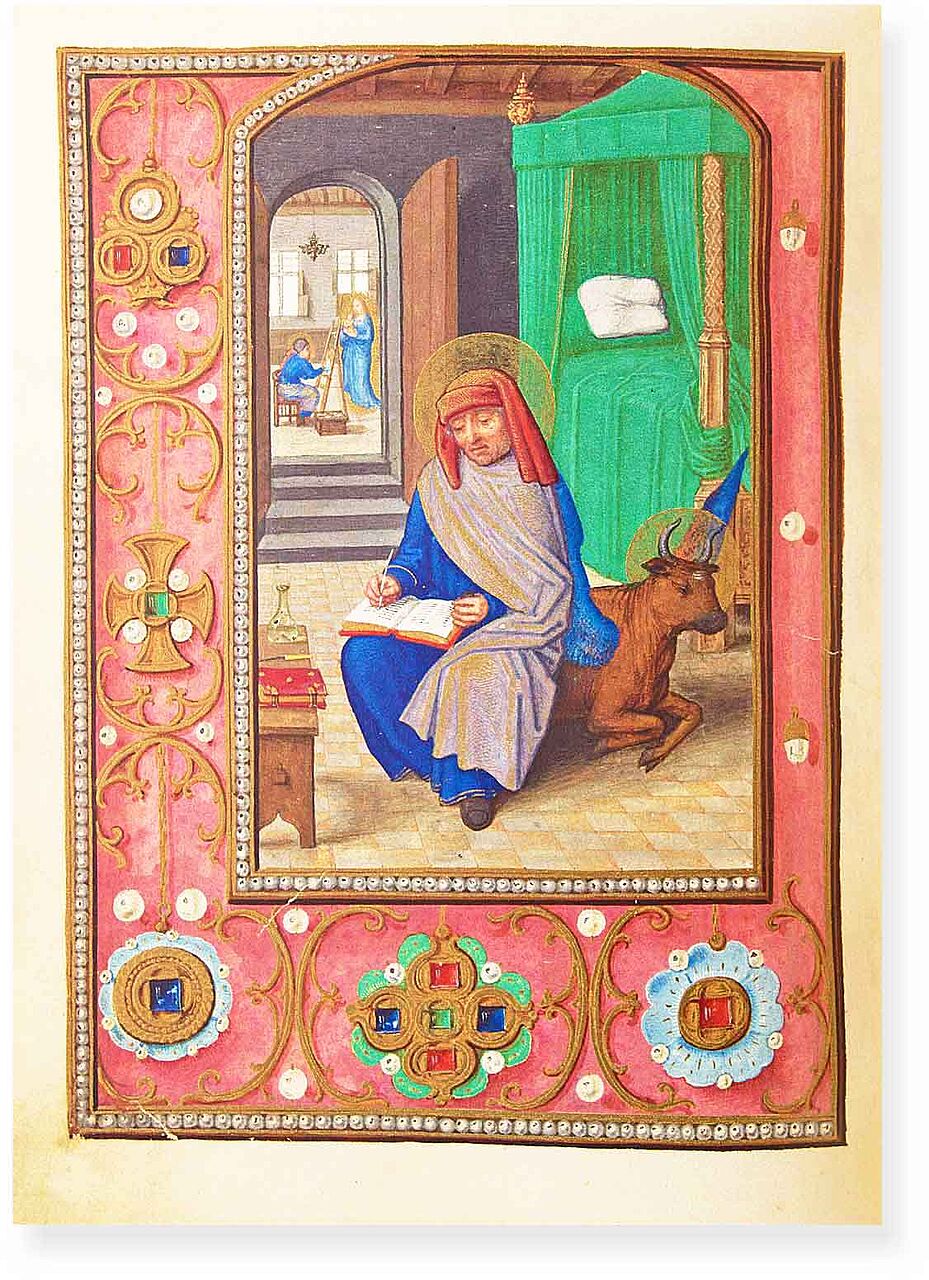
Da Costa Hours
Portrait of Luke the Evangelist
Aside from being an Apostle and author of the one of the Four Gospels, St. Luke is also revered as a historian and artist. His works are considered to be among the most accurate and reliable. Furthermore, Luke is credited with being the first icon painter and was particularly fond of painting images of the Madonna and Child – thus, medieval artists belonged to the Guild of St. Luke.
In a typical 16th century frame lined with pearls and gold ornaments adorned with gemstones, St. Luke is depicted by the great Simon Bening as a Renaissance scholar seated upon a bull, his Evangelist symbol (both with halos). We see him writing in a bedchamber and again through a doorway in the background painting the Virgin Mary, who is holding the baby Jesus.

